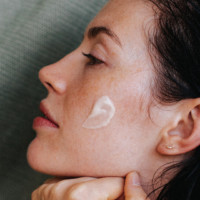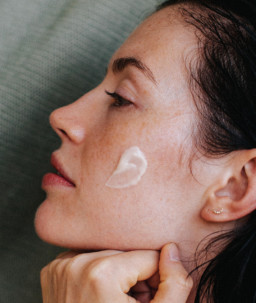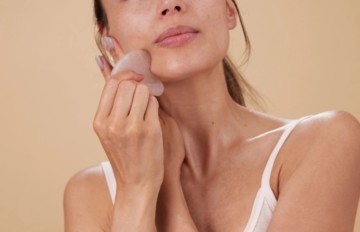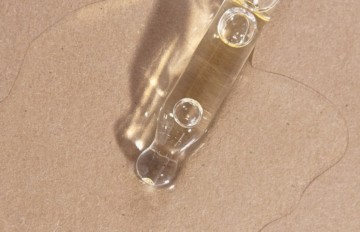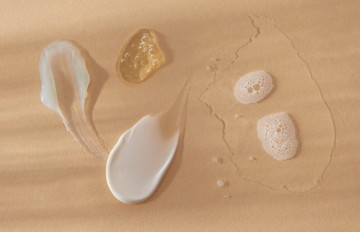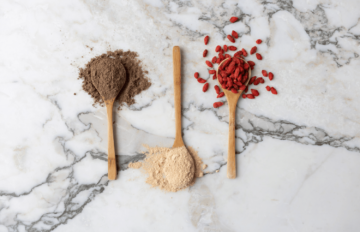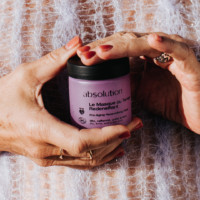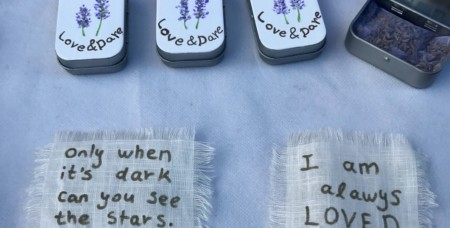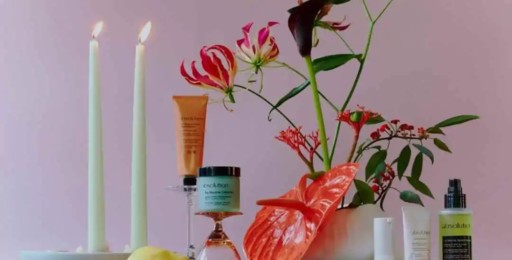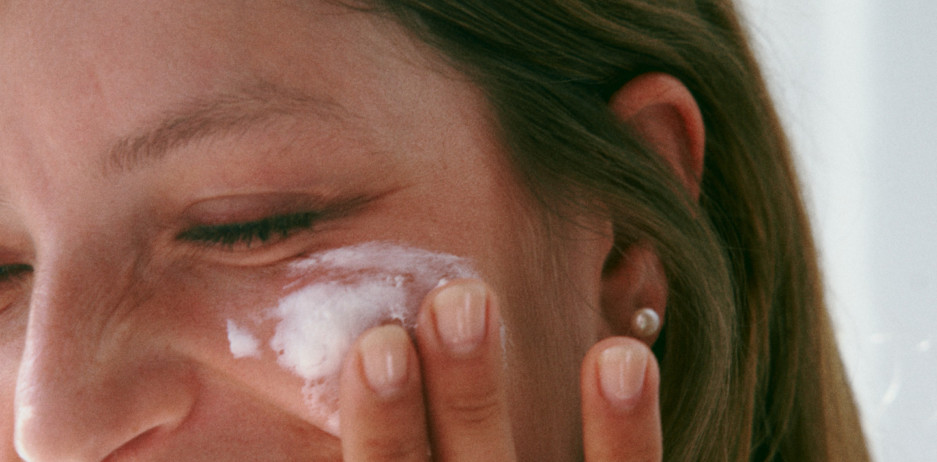
The History of Face Cream
Chances are, you have at least one sitting on your bathroom shelf. Whether it comes in a jar, a pump bottle, or a tube, your face cream is likely part of your daily ritual—morning and evening—helping to restore radiance to skin that’s exposed to pollution, fluctuating temperatures, and the ups and downs of everyday life.
But have you ever stopped to wonder where this essential skincare product actually comes from? Let’s take a closer look at the fascinating origins of face cream, from ancient rituals to modern innovations.
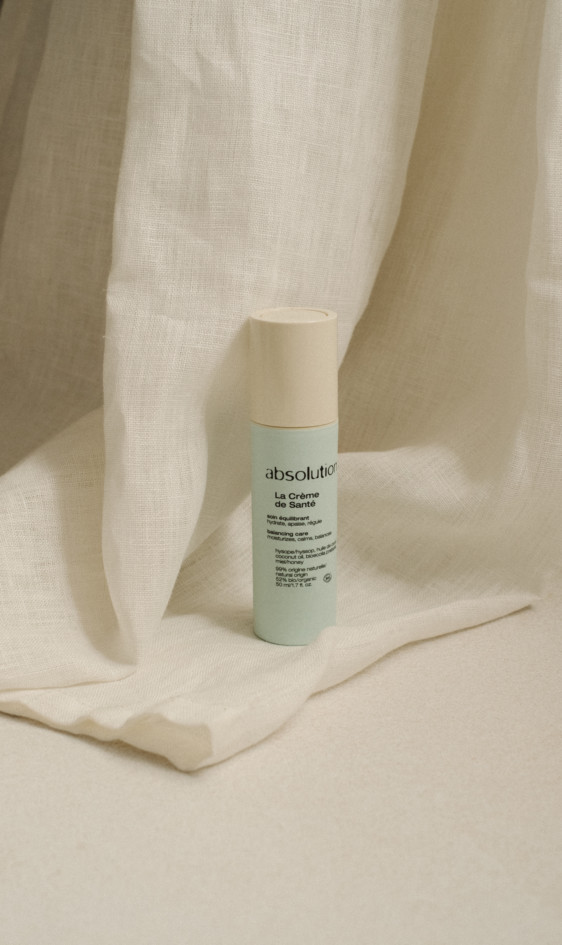

Ancient Egypt: Where Skincare Meets Spirituality
The earliest traces of moisturizing creams date back to Ancient Egypt, one of the great cradles of beauty rituals. In Egyptian culture, beauty was closely tied to spirituality, with divine figures like Hathor—goddess of love, music, dance, and beauty—serving as aspirational icons.
Egyptian women sought not only to look beautiful but to embody divine qualities. Cleopatra, perhaps the most iconic beauty figure of all time, was known for her elaborate skincare rituals. She used natural oils like olive and castor oil to hydrate and protect her skin, often blending them with plant extracts such as aloe vera to create richer, more nourishing textures.

As Roman civilization absorbed Egyptian influences, they too embraced skincare. Ointments—thick, waterless preparations—along with balms made from beeswax and olive oil, became commonplace. These early formulations served both a protective and cosmetic function, shielding the skin from the elements while helping to preserve a youthful appearance.
The Middle Ages: Modesty Over Makeup
In medieval Europe, the use of cosmetics was largely subdued, influenced by the Church’s emphasis on modesty and moral purity. Still, plant-based remedies and essential oils were used in monasteries to treat skin ailments and maintain a healthy complexion.
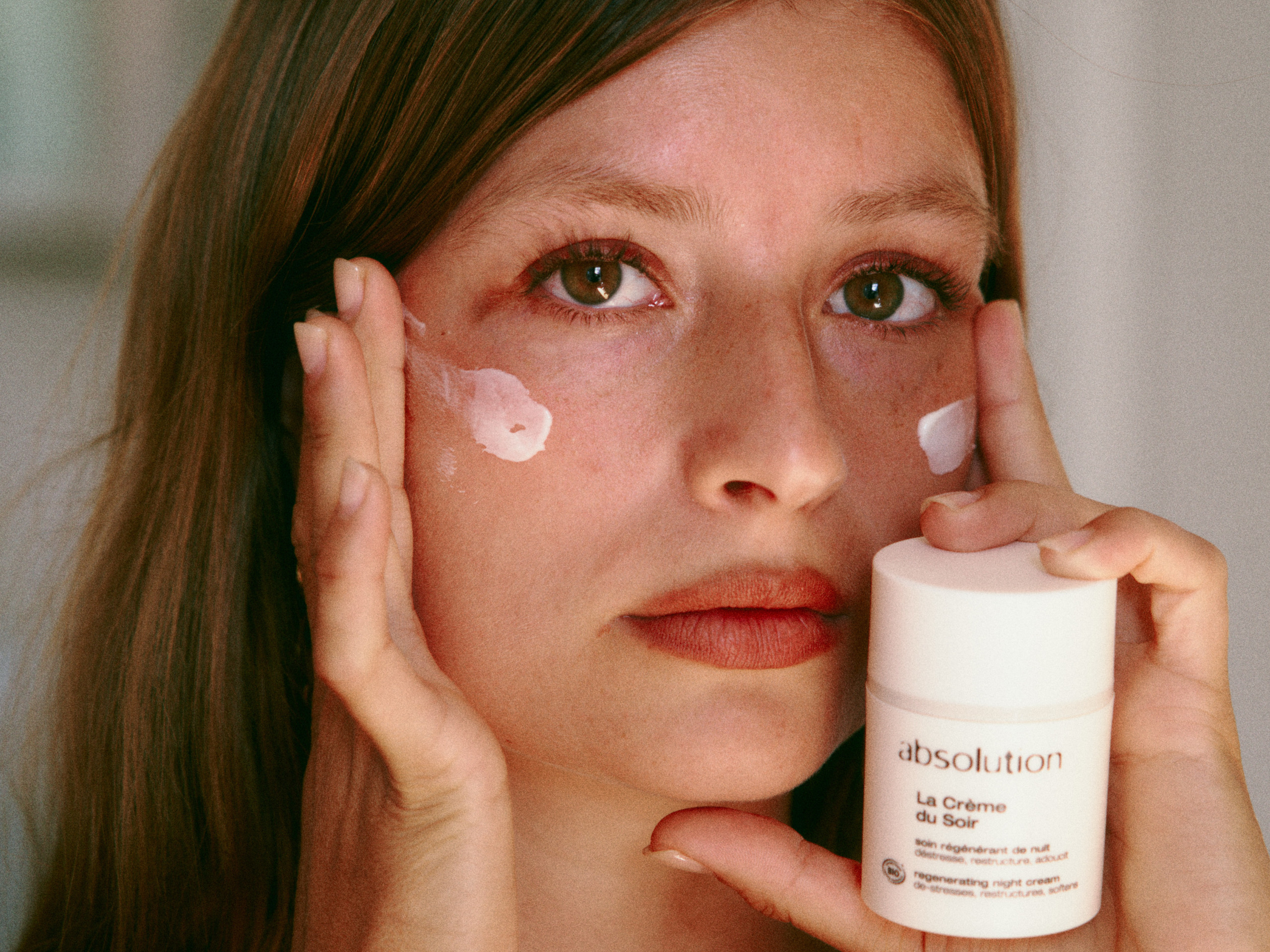
Among the nobility, homemade balms and creams—often passed down through generations—remained a part of beauty care. The art of formulating these preparations was a carefully guarded skill, combining practical knowledge with a touch of alchemy.
The Renaissance marked a cultural and aesthetic turning point. With renewed interest in art, science, and the human body came a revival of personal grooming. Skincare rituals evolved, with creams made from almond milk, honey, and medicinal herbs designed to nourish the skin more deeply.
In France and Italy, aristocrats began to place greater emphasis on complexion and radiance. Formulations became more sophisticated, and for the first time, specialists emerged offering bespoke skincare products to an elite clientele. Face creams were no longer just functional—they were a symbol of status and refinement.
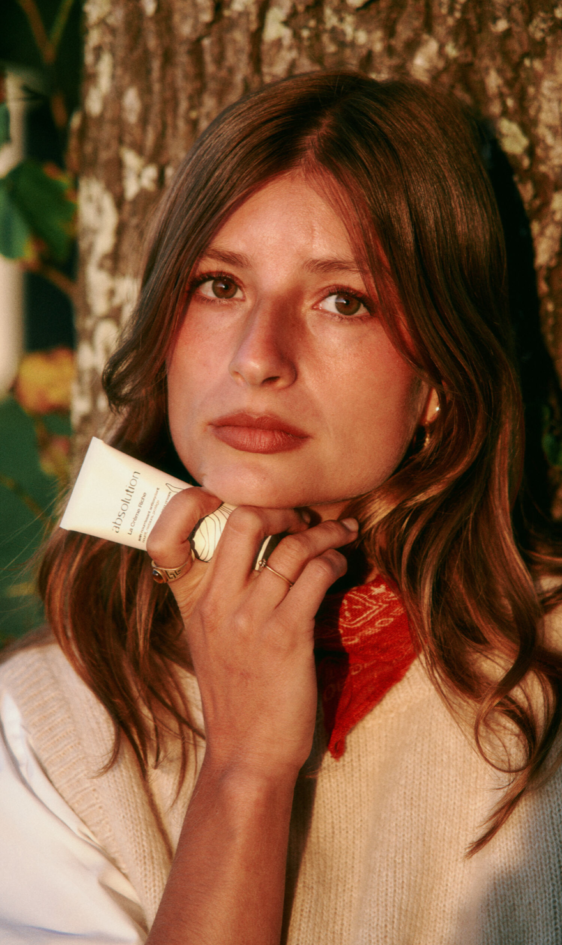
The 18th Century: From Artisanal to Commercial
The rise of international trade in the 18th century paved the way for the first commercially available creams. The term “cream” became standard, referring to smoother, more refined formulations that often included ingredients like rose, butter, and botanical oils.
Apothecaries and physicians crafted these products, which were still considered luxury items. Some even attribute the early concept of Crème de la Mer to this era, though the brand as we know it didn’t launch until the 20th century.
It was during the 19th century that face cream entered the era of industrial production. Pioneering companies such as Pond’s began manufacturing skincare products at scale. Initially developed as medicated ointments for treating skin conditions, these creams gradually evolved into moisturizers and anti-aging products as consumer needs—and expectations—changed.
By the 20th century, cosmetics had become a mass market. Iconic brands like Nivea, L’Oréal, and Estée Lauder democratized access to skincare, launching creams tailored to a wide range of skin types and concerns.
Advertising played a pivotal role, turning face cream into a cultural staple—an everyday essential no longer reserved for the privileged few.
Today: A Return to Nature and Personalization
Modern face creams are the result of centuries of innovation—but the latest evolution marks a return to something more natural. As consumers become more ingredient-savvy, there’s a growing demand for cleaner, more ethical formulations.
Today’s products are designed to address the specific needs of every skin type—dry, oily, sensitive, mature—without compromising on transparency or sustainability. Texture innovation is also at the forefront: lightweight creams, oils, gels, and serums are now integral parts of the skincare landscape.
At Absolution, we’ve embraced this evolution with formulas that are both high-performance and respectful of your skin’s unique rhythm:
What began as simple oils and balms in ancient times has become an indispensable part of modern skincare. Today, it’s almost impossible to imagine a beauty routine without face cream—a product that, over centuries, has come to symbolize not just beauty, but the care and protection your skin deserves.
